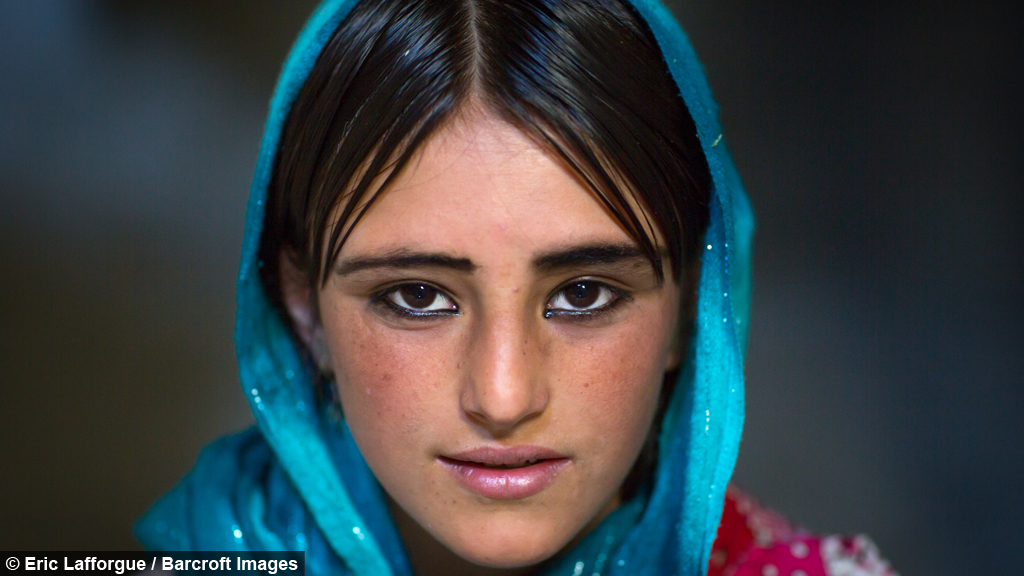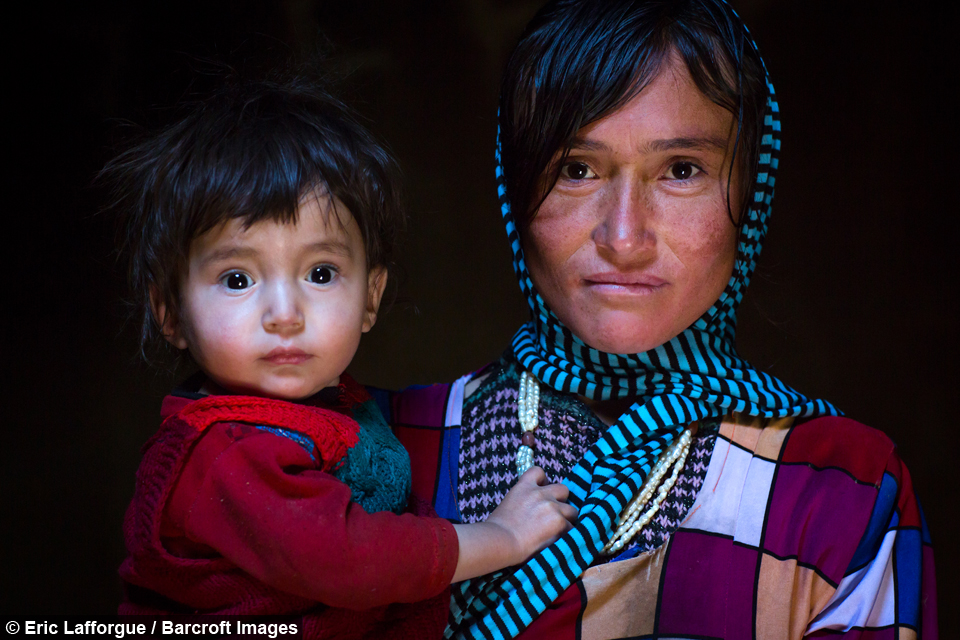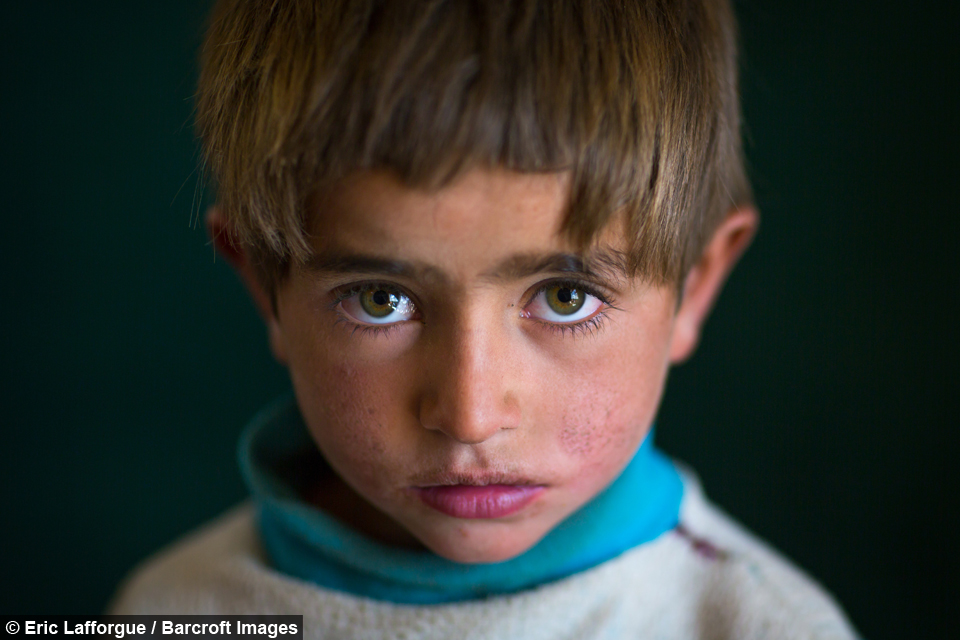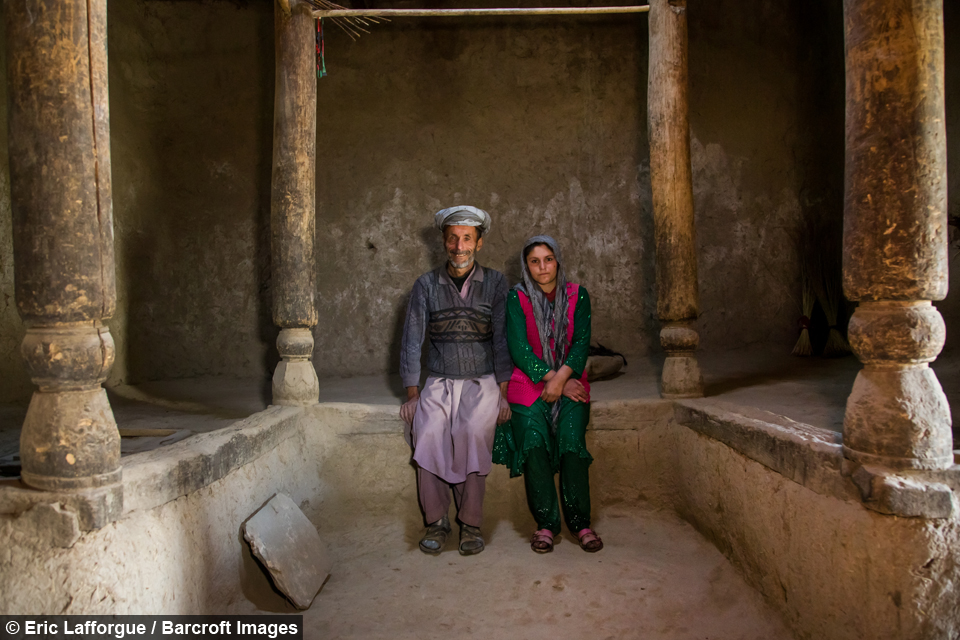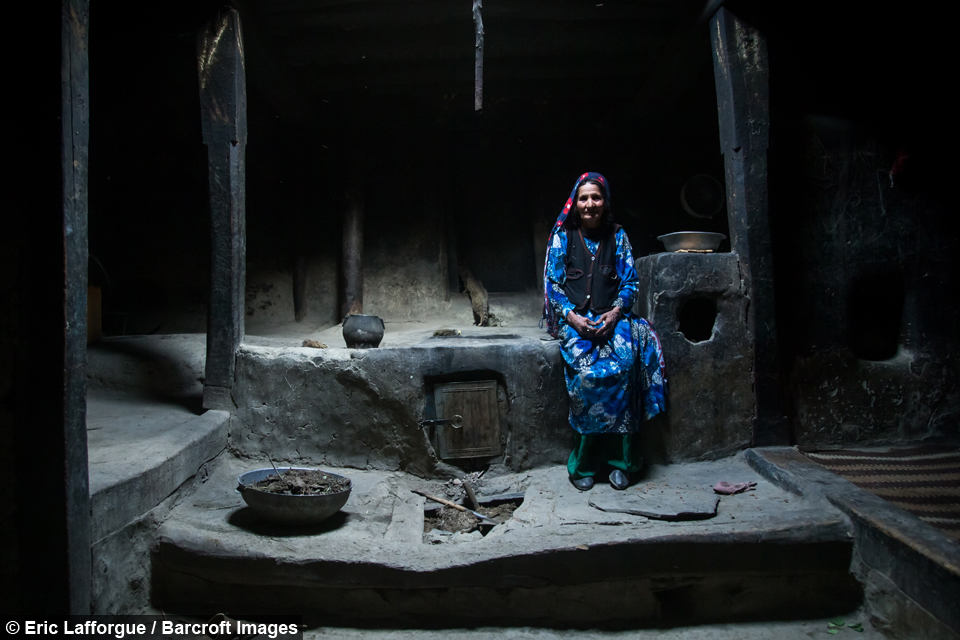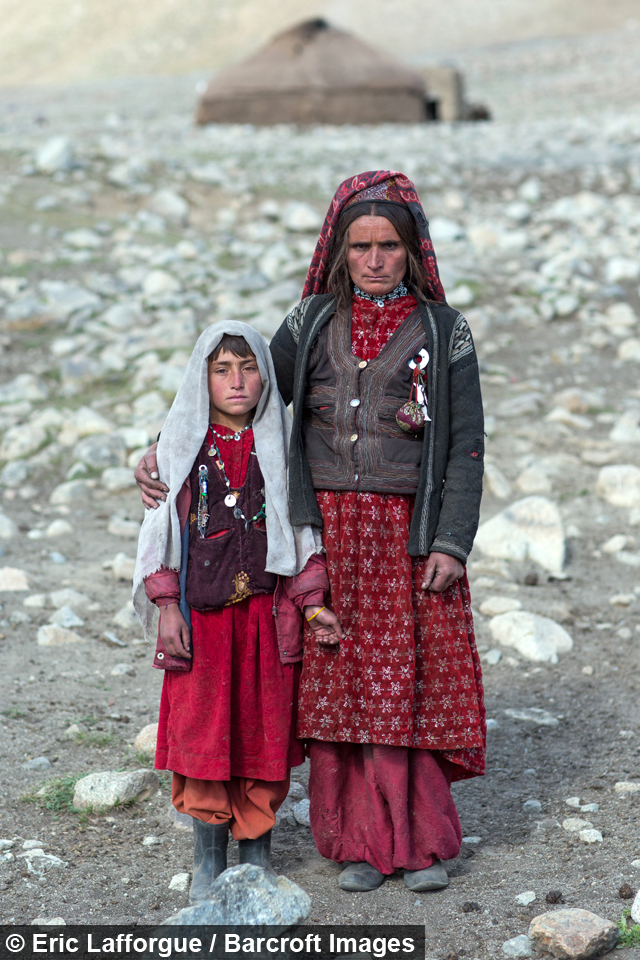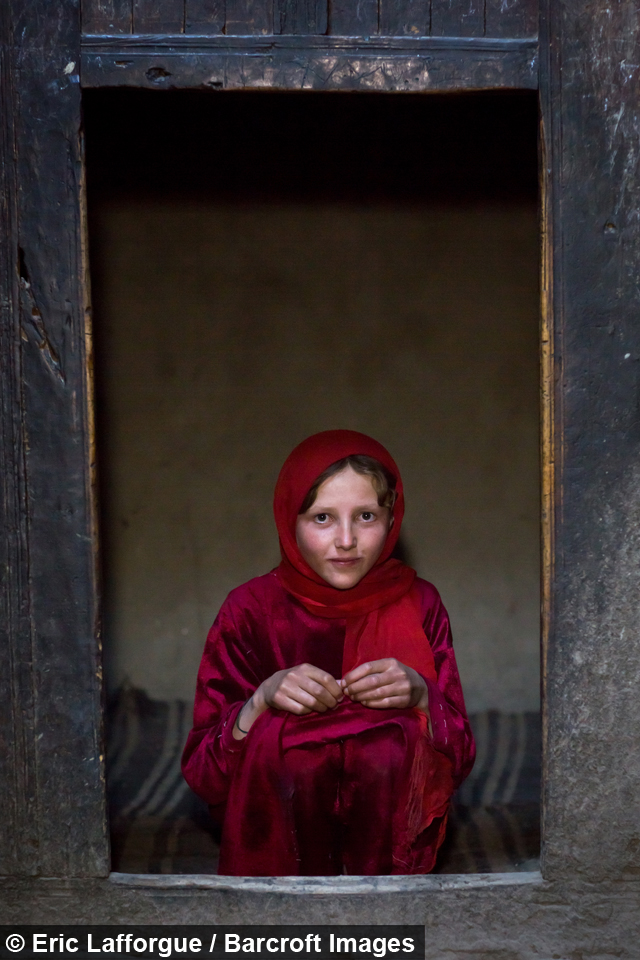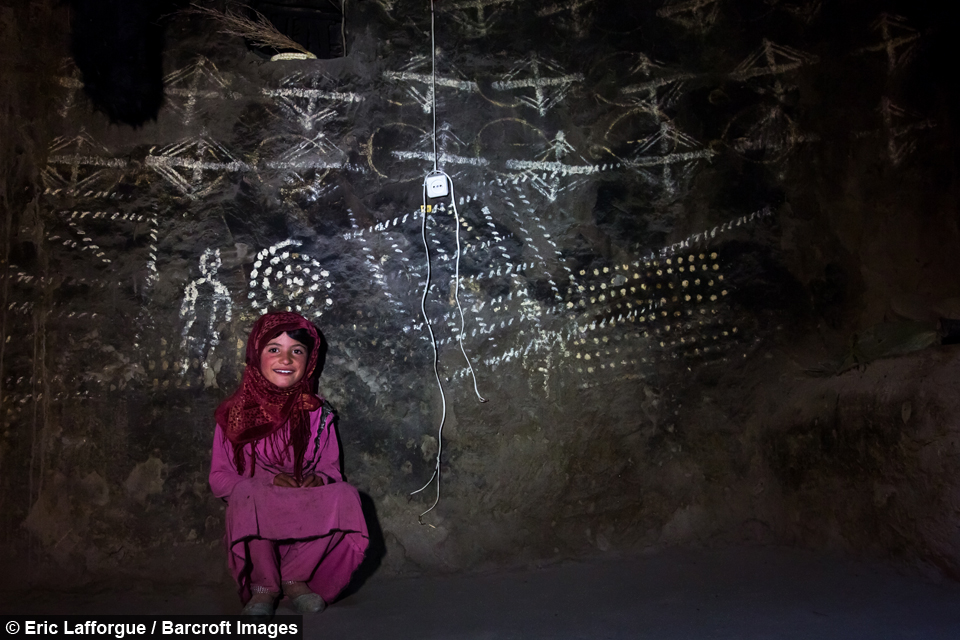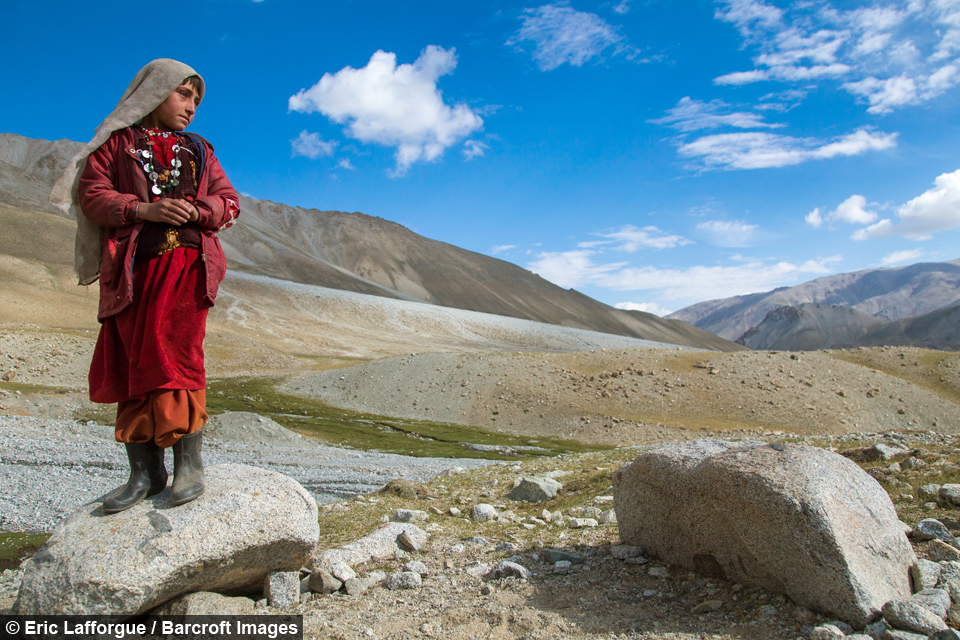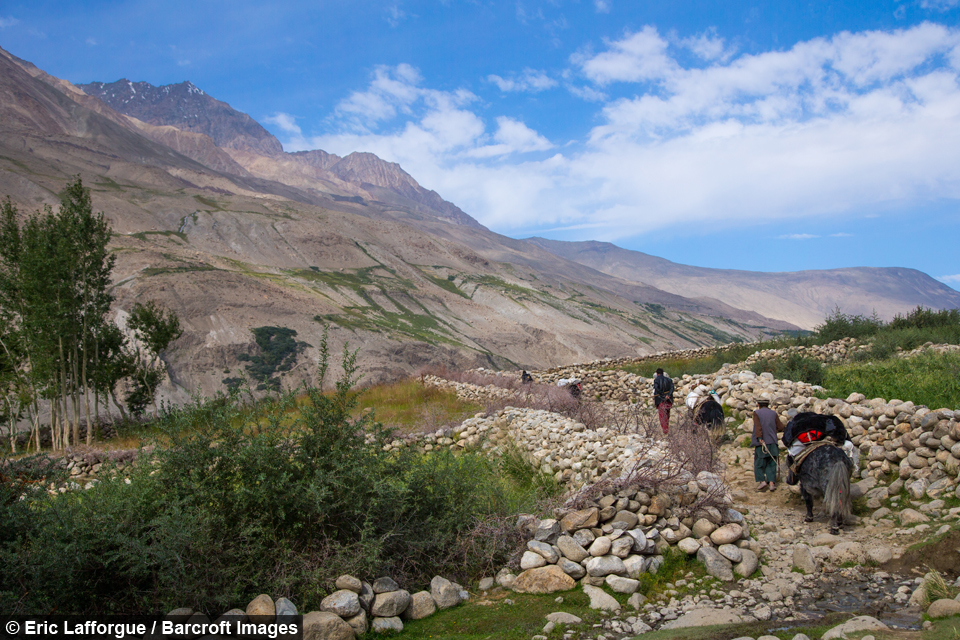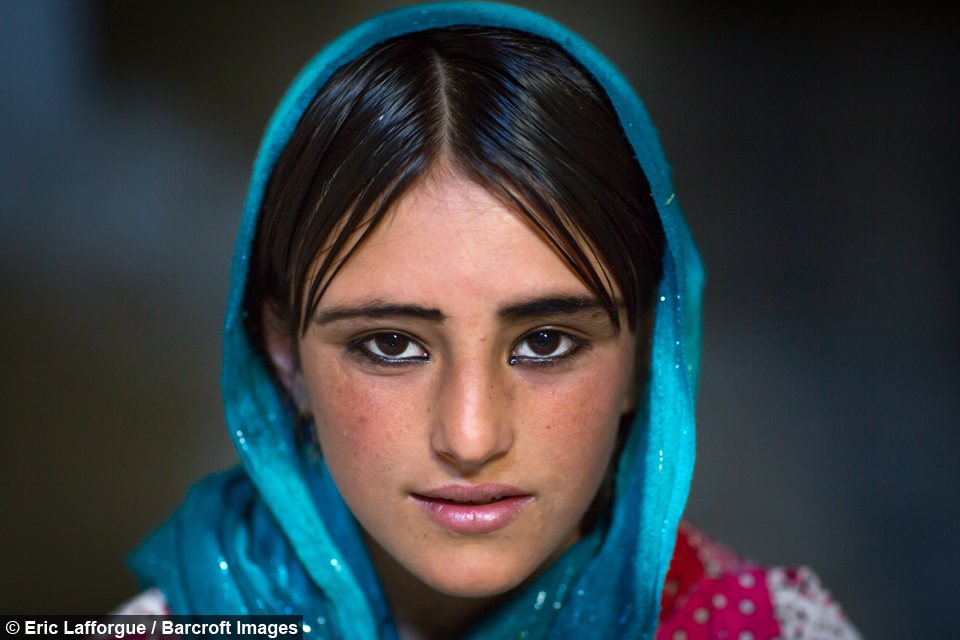Poor but Peaceful: Tourism in remote Afghanistan
By Shannon Lane @shannonroselane
Scroll down for the full story
Known as the Wakhan Corridor, approximately 12,000 villagers reside at an altitude of 4,500 metres, upon the harsh, desolate terrain.
The Wakhi people live a simple, relaxed life, with their livestock. A few families are unaware that the Taliban was ever in power, or that the US army invaded.
This area has recently been encouraged by the Afghan government to attract tourists from the Western world looking for an adventure.
To visit these villages one must travel through the tense Afghanistan atmosphere, pass border control, and drive up a primitive road built over half a century ago.
Photographer Eric Lafforgue visited these little-known lands in August 2016 to understand their movements in tourism and meet the Afghans that time forgot.
He said: “First I travelled to Khandud, which is famous for the colourful outfits of its women. With the help of the Aga Khan Foundation, the women have even opened a shop to sell souvenirs for tourists. Socks, vests and embroideries.”
The main tourist attraction is the Pamiri houses, known as ‘Chid’. They are built out of stone and plaster, and each retains particular features symbolizing spiritual and traditional aspects.
Eric said: “At first they appear basic but they reveal symbols and beliefs when you ask the owners. In each room, five wooden pillars – symbolizing the five pillars of Island – support a beam skylight called Chorkhona.”
The photographer continued to travel deeper into the Wakhan Corridor, to finally meet the Wahki nomads in the mountains of Grand Pamir.
He said: “A friendly Pamiri is responsible for the organization, he owns a small travel agency in Ishkashim and has high hopes for the future. He must make do with the limited resources: the Internet is non-existent in the region.
“Local guides will take turns from village to village to share equitably the revenues generated by tourists.”
The Wakhi villages are completely isolated from the outside world, and have allegedly lived in the mountains for 2,000 years.
The photographer said: “Distractions are rare for children. Nobody knows Messi or Ronaldo. Tourists are eagerly awaited as they provide some excitement in this harsh and monotonous existence.”
Despite the encouragement of visitors to the area, Eric was the first tourist of this year, with the season ending shortly after due to snow covering the mountains for six months.
Eric Lafforgue said: “The Wakhi chief’s wife said to me: ‘They say that in the plain, peace has returned and tourists are back in Afghanistan. I hope that many of them will come and visit us to discover our culture.’”
